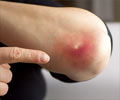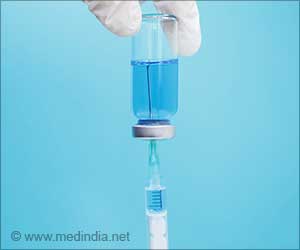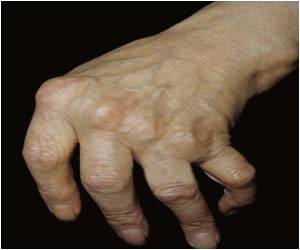Nanotechnology boosts the efficacy of Tobramycin, the antibiotic prescribed to treat Pseudomonas aeruginosa lung infections in severe cases of cystic fibrosis (CF).

‘Nanotechnology improves the efficacy of tobramycin without increasing the toxicity, which could benefit cystic fibrosis patients.’
Read More..




The UniSA research team, which includes Professor Clive Prestidge, Dr Nicky Thomas, and PhD candidate, Chelsea Thorn, says the discovery could transform the lives of people living with CF.Read More..
"CF is a progressive, genetic disease that causes persistent, chronic lung infections and limits a person's ability to breathe," Thorn says.
"The disease causes thick, sticky mucus to clog a person's airways, attracting germs and bacteria, such as Pseudomonas aeruginosa, which leads to recurring infections and blockages.
"Tobramycin is commonly used to treat these infections but increasingly antibiotics are failing to make any significant difference to lung infections, leaving sufferers requiring life-long antibiotic therapy administered every month.
"Our research successfully treats advanced human cell culture lung infections using nano-enhanced Tobramycin and shows how it can eradicate serious and persistent infections after only two doses.
Advertisement
Dr Nicky Thomas, says the discovery continues the global battle to eradicate and prevent Pseudomonas aeruginosa.
Advertisement
"Our technology improves the performance of Tobramycin without increasing the toxicity of the drug, so what we're doing is a far more effective and efficient treatment for chronic lung infections."
The technology is currently entering pre-clinical trials and hopes to be on the market in the next five years.
Source-Medindia












